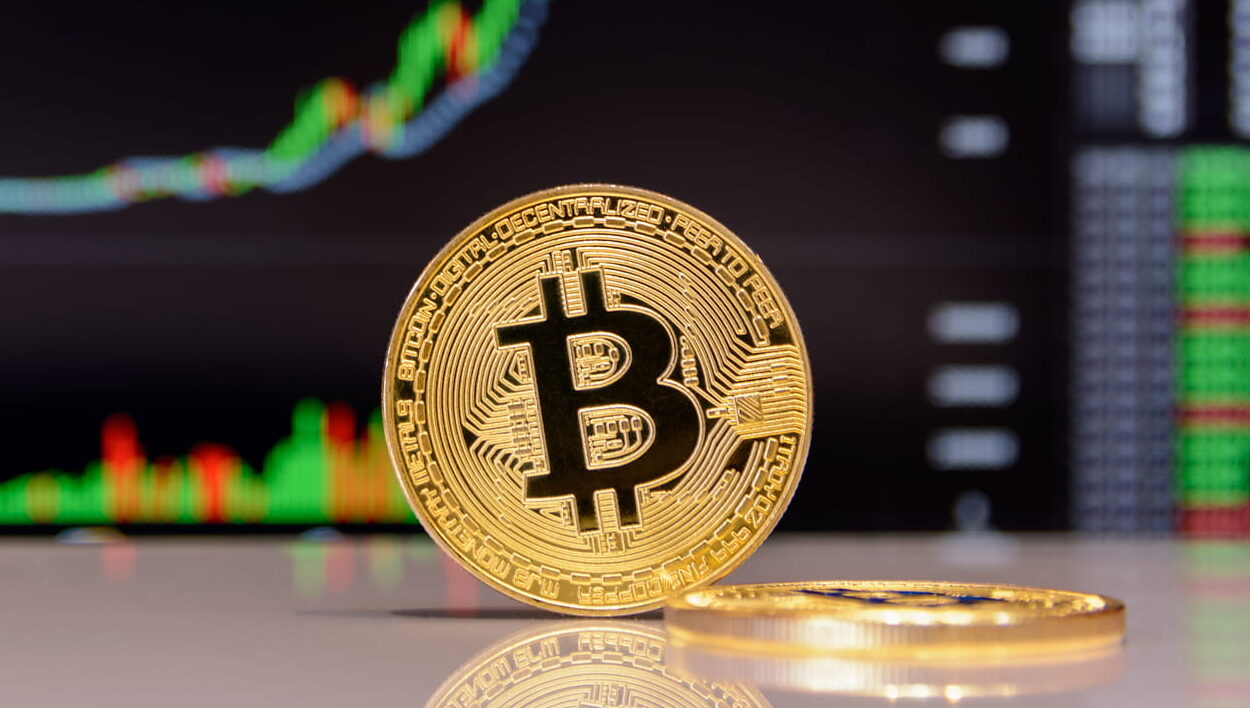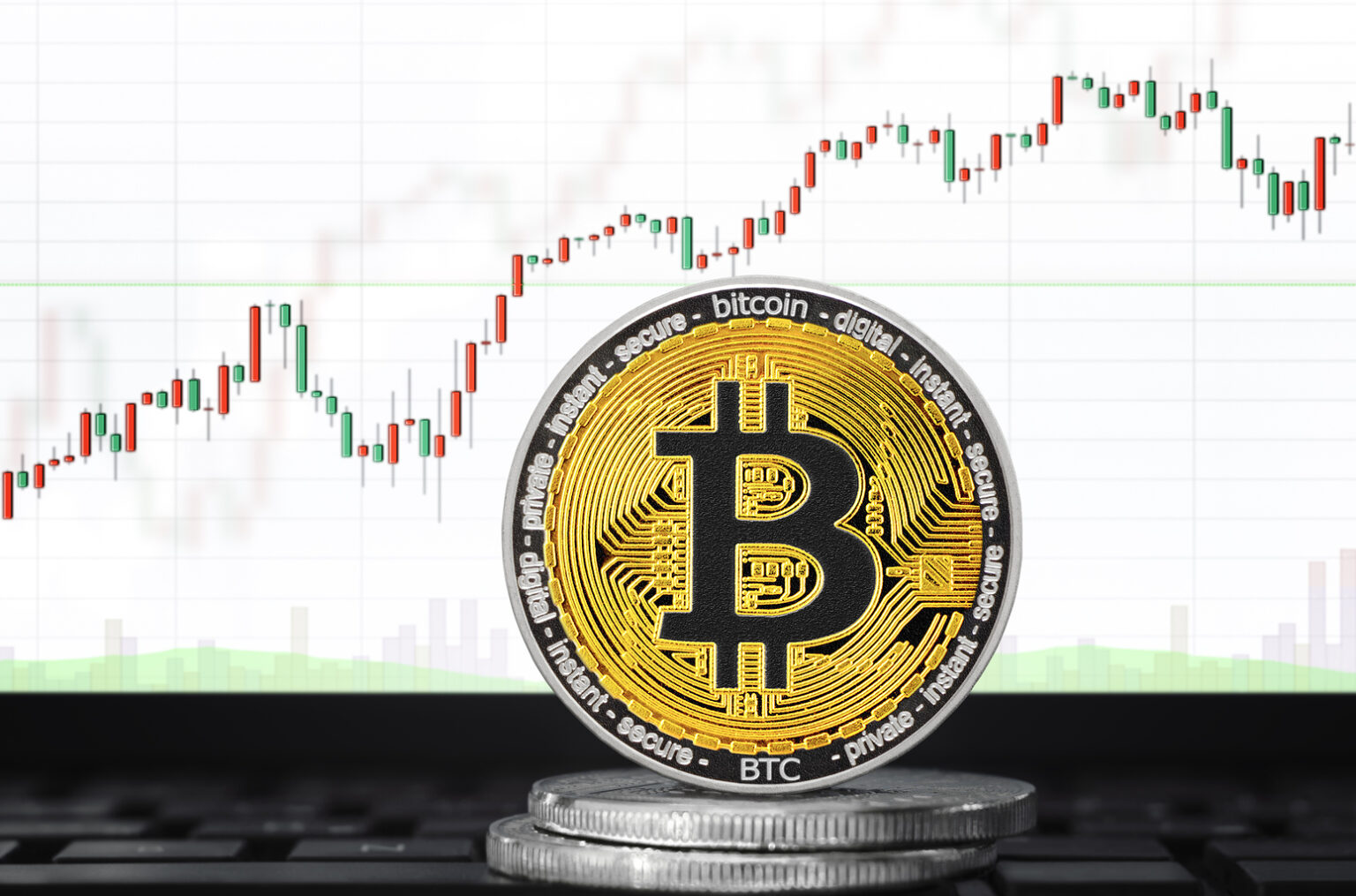The price of Bitcoin remains a hot topic in finance and technology. Satoshi Nakamoto created Bitcoin in 2009 as a digital experiment. Investors, governments, and institutions worldwide now monitor it as a key financial asset. Bitcoin’s price swings demonstrate how complex a new decentralized financial system is, involving innovation, speculation, regulation, and macroeconomic factors. This article discusses Bitcoin’s value, including its technology, market operation, and future prospects. The price of Bitcoin remains a hot topic in finance and technology. Satoshi Nakamoto created Bitcoin in 2009 as a digital experiment. Investors, governments, and institutions worldwide now monitor it as a key financial asset. Bitcoin’s price swings demonstrate how complex a new decentralized financial system is, involving innovation, speculation, regulation, and macroeconomic factors. This article discusses Bitcoin’s value, including its technology, market operation, and future prospects.
Bitcoin Price and Scarcity
The price of Bitcoin is mostly based on basic economic ideas of supply and demand, as well as the unique features of the Bitcoin network itself. Bitcoin’s supply is limited to 21 million coins, unlike typical fiat currencies. This limited supply sets it apart from inflationary currencies issued by central banks, making it scarce in a way that many investors compare to gold and other precious metals. Bitcoin’s story as “digital gold,” a store of value that might shield money from inflation and currency devaluation, is based on this principle of scarcity.
The nascent market and ongoing infrastructure development of Bitcoin contribute to its frequent price fluctuations. Bitcoin was worth only a few cents at first, but it became worth a lot more in 2010 after the famous “Bitcoin pizza” transaction, in which 10,000 Bitcoins bought two pizzas. After then, prices rose quickly, thanks to more people learning about it, using it, and trading it for fun.
Bitcoin Price Influencing Factors
Bitcoin prices fluctuate due to several variables. One of the most important events is the Bitcoin halving every four years. Miner payouts for verifying transactions are cut in half. Slowing Bitcoin circulation tightens supply and has traditionally caused substantial price hikes. The halving occurrence has made Bitcoin scarce and generated market booms and busts. Bitcoin prices are heavily influenced by market sentiment. Price adjustments sometimes result from media publicity, celebrity endorsements like Elon Musk, and company announcements. Tesla’s $1.5 billion Bitcoin purchase in 2021 and acceptance of Bitcoin payments raised prices. However, official crackdowns like China’s ban on cryptocurrency trade and mining have caused market shifts.

World economic events affect bitcoin pricing. Global inflation fears are rising due to lax monetary policy in reaction to crises like COVID-19. People are increasingly using Bitcoin to hedge against financial uncertainty. Demand rises when investors diversify their Bitcoin portfolios, raising prices. Geopolitical instability and emerging nation currency devaluations have increased demand for Bitcoin as a currency and payment method. Changes in ecosystem technology also impact the value of Bitcoin. The Lightning Network makes Bitcoin transactions faster and cheaper, increasing its usefulness and adoption potential. Bitcoin’s pricing and market appeal depend on its compatibility with DeFi and other blockchain networks. This expands its uses.
Analyzing Bitcoin Market Trends
When traders and investors look at the price of Bitcoin, they use both technical and fundamental analysis. Technical analysis looks at chart patterns, trading volumes, momentum indicators like the Relative Strength Index (RSI), and moving averages to find possible points when you can enter or exit a trade. Bitcoin’s well-known volatility can cause quick profits and losses, so it’s important to use technical tools to manage risk and choose the best time to trade.
Fundamental analysis doesn’t just look at charts; it also looks at network health indicators like hash rate, transaction counts, and active addresses. A higher hash rate means more mining and better network security, which usually means prices are going up. Data providers like Glassnode and Coin give us on-chain measurements that help us understand how investors act and how the market changes over time. Also, macroeconomic indicators like inflation rates and currency strength indexes indicate how Bitcoin reacts to bigger economic developments by putting them in context.
Institutional Investors and Bitcoin
The participation of institutional investors has made a big difference in the stability and rise of Bitcoin prices. More and more hedge funds, family offices, and publicly traded firms are putting money into Bitcoin, seeing it as a different type of asset. The introduction of Bitcoin futures ETFs by companies like ProShares made it possible for more people to invest in the market and made it more liquid.

Institutions bring in more money, which makes the market deeper and lowers the chance of manipulation. But this also makes Bitcoin’s price more tightly linked to traditional financial markets. For example, Bitcoin’s price correlations with stocks change when the economy is in trouble. Regulatory clarity can influence institutional confidence; therefore, pronouncements from regulators like the U.S. Securities and Exchange Commission (SEC) are quite important.
Regulatory Impact on Bitcoin
Regulation is still a big unknown that can change the price of Bitcoin. Some places, like El Salvador, have accepted Bitcoin as legal cash, while others have put limits on it or banned it altogether. This makes things unpredictable, which might lower demand. The rules of Bitcoin-related products like ETFs, custodial services, and taxes are different in different parts of the world, and these differences have a direct effect on how confident investors feel.
Regulators in the U.S. have been careful but are becoming more open to the idea of classifying Bitcoin as either a commodity or a security. The Financial Action Task Force (FATF) and other international organizations are still working on ways to stop illegal activities while encouraging new ideas. People think that Bitcoin’s long-term price stability and acceptance depend on clear rules and regulations.
Final thoughts
Predicting the price of Bitcoin is still very risky, but current trends and analytical models can help. The Stock-to-Flow (S2F) model, which many Bitcoin fans like, says that prices will go up over time because of limited supply and high issuance rates. Many experts think that Bitcoin will continue to gain popularity as a way to store value in an unstable economy.
There are still problems, such as worries about the environment caused by Bitcoin mining’s energy use and competition from new blockchain initiatives or Central Bank Digital Currencies (CBDCs). The evolution of the ecosystem, changes in regulations, and new technologies will all affect the price of Bitcoin.







